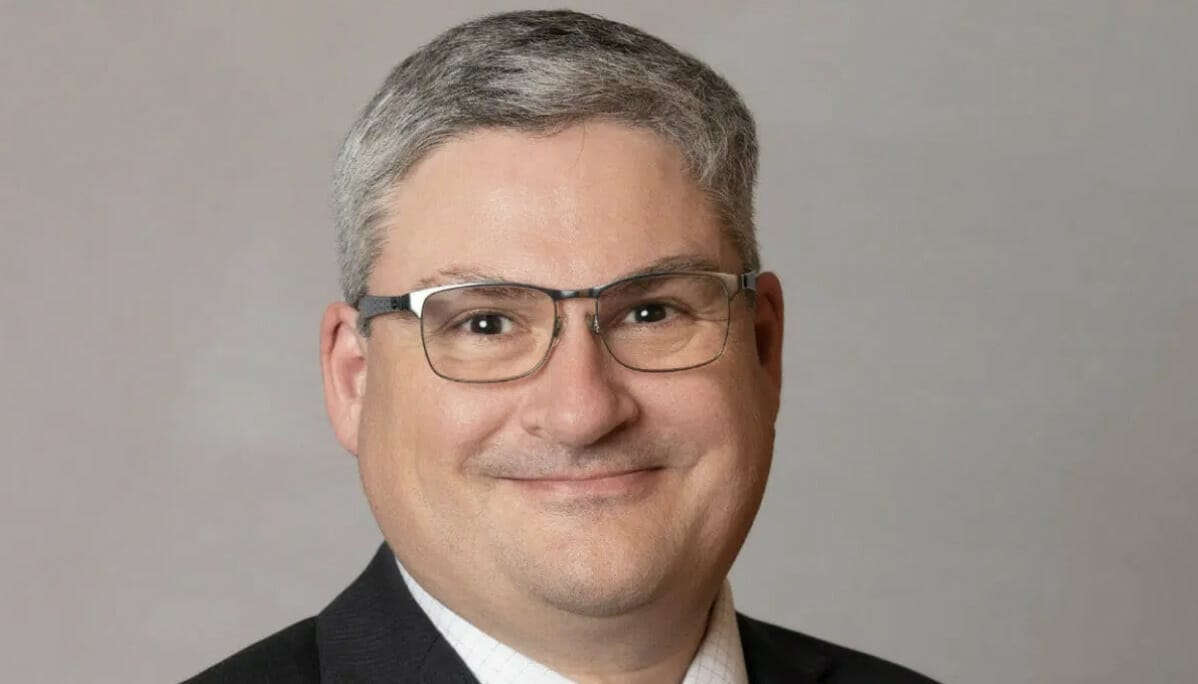Australia’s sovereign wealth fund has handed mandates to external active managers and built a dedicated treasury management function, six years after going all-in on passive index strategies. It is is also on the hunt for early stage venture opportunities as it continues to forecast challenging conditions and higher persistent inflation.
Australia’s sovereign wealth fund has handed a handful mandates to external active managers and built a dedicated treasury management function, six years after going all-in on passive index strategies. The A$206 billion ($136 billion at June 30) Future Fund has entered into contracts with specialist global equities over the past two years as it seeks an edge in what it expects to be a challenging environment for investors amid higher persistent inflation.
“We have been looking at active management in global equities … where we think there are pockets of opportunity for active managers and we can do that at meaningful scale,” Future Fund CEO Raphael Arndt told Top1000funds.com. “We’re definitely not in ‘set and forget mode’.”
While Ardnt made clear he wasn’t moving entirely out of passive mandates, the comments reflect a major strategic re-direction for the Future Fund, which in 2017 placed the vast bulk of its equities portfolio into low-cost index strategies, concluding it was increasingly difficult to justify the fees asked by active managers, especially in Australian domestic equities (Future Fund revamps equities).
“This is a multi-year strategy and we haven’t lost conviction in that. You don’t move $250 billion worth of capital in six months.”
The sovereign, which must by Australian law publicly disclose the external managers it employs, lists four developed and emerging market managers on its books at March this year (UBS, State Street, Legal & General, Insight and Robeco) and is expected to add more names at its next update.
The sovereign has also commenced a project of more actively managing and monitoring liquidity, centralising and establishing a formal treasury function staffed by three full-time equivalents, and investing in software upgrades.
The revelation came as the fund reported what Arndt described as a “solid” result of 6 per cent in the 12 months to June 30, under-performing its target of 6.9 per cent a year. It has returned 8.8 per cent a year over the 10-year horizon and has grown its initial A$60.5 billion ($43.3 billion at April 3 2006) endowment from the Australian government almost fourfold since, with no additional contributions.
Arndt said the sovereign held to the thesis that inflation would be “sticky and sustained”, revealing a more bearish outlook than some global peers, with consensus beginning to emerge that the worst of the post-pandemic inflationary cycle may have passed.
“Favourable investment conditions that drove markets in recent decades have been undergoing profound changes,” Arndt said.
“Markets have been under-pricing the significant economic and geopolitical risk that we have anticipated. “The … portfolio is positioned moderately below neutral risk settings at a time when the economic outlook and the direction of inflation and interest rates make investment returns less certain.”
Nonetheless, he said the fund would actively pursue opportunities, via its specialist managers, including in risk assets, especially venture capital.
“We continue to invest in early stage venture because if anything its becoming more attractive – capital is drying up and it’s actually getting cheaper and more competitive,” Arndt said. “We have high conviction we are investing with the best managers in the world, so we continue to do that.
“[Another] area we are getting quite excited by is pretty boring, vanilla credit, we’re investing in investment-grade credit [that is] … structured and somewhat liquid.
“And even boring old bonds are [looking] not too bad, relative to the risk you’re taking.”
The sovereign earlier this month announced Ben Samild, its former deputy chief investment officer, as the permanent CIO, a role Arndt had been performing since the departure of Sue Brake in June 2022.
Samild, who previously ran the Future Fund’s debt and alternatives strategy, is a noted advocate of its “joined up” strategy, akin to the total portfolio approach.
“You can’t run the kind of investment program we do without the culture of ‘one portfolio’ in place from the beginning,” he told a conference hosted by Top1000funds.com sister publication Investment Magazine Australia in 2021.



